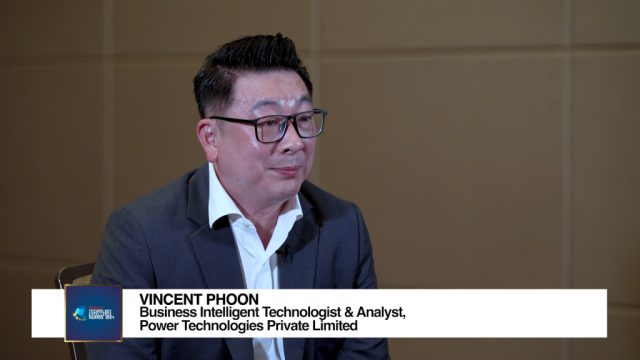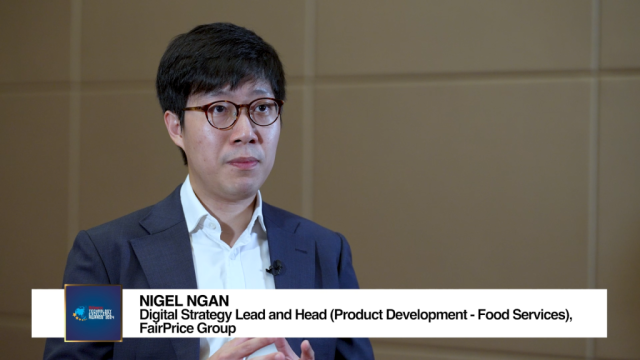
Earth Hour 2012 – The role of the built environment
This weekend Singapore is once again gearing up to take part in Earth Hour, an annual event that sees hundreds of millions of people, businesses and governments from around the world switch off their lights to demonstrate their commitment to climate change. Across Asia several high-profile figures have endorsed this year’s event with India’s record-breaking batsman, Sachin Tendulkar, the latest celebrity to lend his support.
Over the last few years Earth Hour has played a significant role in helping to raise awareness amongst citizens, communities and the business world on how they can individually and collectively help to reduce their carbon footprint. For those who work within the built environment this is an issue that has long been on the corporate agenda and great strides have already been made in green technology to help make new-build construction projects as sustainable as possible.
However, whilst applying a low-carbon approach to new-build schemes is certainly welcome driving improved environmental performance from existing assets must not be overlooked. Buildings are responsible for over 40% of the world’s total greenhouse gas emissions and with the vast majority of Singapore’s skyline still expected to be in use by 2050, simple mathematics dictates that existing stock offers the greater scope for improvement over the next forty years.
In 2010 the Better Buildings Partnership (BBP) found that by adopting practical retrofit measures across their asset portfolio, they were able to cut their energy use by 10% ultimately saving over 32,000 tonnes of CO2. As asset owners and operators begin to deploy retro-fit technologies to eradicate inefficiencies, operational expenditure is likely to increase. However, the majority of these tools provide a payback within five years and given that most will be in existence for a further thirty years, the long-term savings could be significant.
Ensuring that their assets are as energy-efficient as possible will also enable building owners across Singapore to mitigate against the risk of energy price spikes that have been so prevalent in recent times. Furthermore, research carried out by academics at the University of Western Sydney (Australia) and Maastricht University (Europe) has shown that more sustainable buildings attain higher rents, occupancy rates, and overall value when they ultimately go on to the market.
As operators of corporate, office, retail and leisure assets prepare to turn off their lights this Saturday they should also be considering some of the tactical measures that will enable them to drive sustainable change above and beyond Earth Day 2012. By implementing a series of relatively simple steps there is an opportunity to deliver significant environmental improvements – five key areas to focus on include:
Heating and cooling:
• When it comes to making a building more environmentally friendly any action that helps to reduce the level of electricity consumed is an obvious place to start. Given that heating and cooling is often the biggest contributors to an asset’s overall operational expenditure, a more intelligent approach around insulation is one area that must not be ignored. This may seem like common sense yet a McKinsey study from last year revealed that carbon emissions in large cities could be cut by 50 per cent if every building was properly insulated.
Lighting:
• According to the US Energy Information Administration lighting is responsible for 26% of a building’s overall energy use. Replacing old-fashioned lighting with newer technologies such as light-emitting diodes (LEDs) or the latest T5 fluorescent tubes will pay immediate dividends. As well as producing more light per watt, modern lighting also creates much less heat reducing the need for air conditioning equipment to manage the overall room temperature. Finally, installing a well-calibrated motion sensor system that only turns lights on when people enter a room will help ensure that lighting is not on during periods when it is not required.
Settings:
• Once amendments have been made to existing heating, cooling and lighting systems it is crucial to ensure that the settings are optimized so that improvements are fully realised. If settings for time clocks and thermostats don’t align with the way people use a building, then power is inevitably wasted. Changes to office practices should also be encouraged e.g. focus out-of-hours working to one area to avoid having to air-condition an entire building to serve only a handful of people.
Measurement:
• Once the building settings are aligned with how the office is used, it is important to monitor ongoing energy usage to determine where additional efficiency savings can be made. The advent of smart meter technology has a key role to play here as it provides asset operators with real-time intelligence on how the building is performing enabling them to identify problems as and when they arise.
Staff:
• When it comes to energy saving initiatives businesses should not underestimate the importance of engaging with their staff. Changing people’s behaviour e.g. encouraging staff to switch off lights and power down computers when not needed, can help to cut energy bills by 5-20%. With so much public concern about global warming, employees are increasingly willing to adopt new habits
It is worth noting that the global headquarter of Earth Hour, part of the World Wildlife Foundation (WWF), has just relocated to Singapore which is a tribute to the progress the country has already made in driving the sustainability agenda forward. Singapore today has an increased focus on delivering sustainable buildings however the best lasting legacy from this year’s Earth Hour would be a commitment to apply a similar level of focus on driving improved environmental performance from the many buildings that currently make up Singapore’s iconic skyline.
Richard Warburton, Partner & Location Leader, EC Harris Singapore
























 Advertise
Advertise









